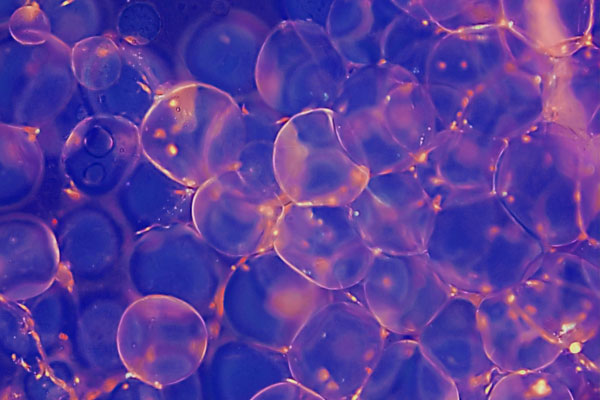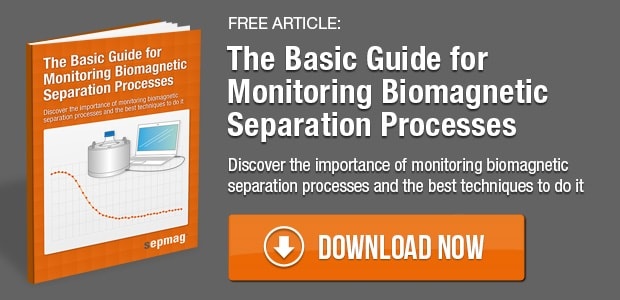Human adipose-derived stem cells (hASCs) are multipotent cells that can proliferate rapidly and are able to follow a variety of differentiation pathways including adipogenesis, chondrogenesis, osteogenesis, or myogenesis depending on environmental cues.
These cells are important to regenerative research goals of re-growing desired tissues and organs. Many times this process requires seeding the cells on synthetic scaffolds or directing cells to specific locations. In recent years it has been shown that hASCs and mesencymal stem cells (MSCs) are capable of successfully repopulating the structures and regenerating the tissues of interest.
With the knowledge that these cells can differentiate into a desired tissue, research is now turning towards improving the methods for directing the stem cells to the desired location. Minimally invasive methods are most sought-after. The use of magnetic fields to control the movement of magnetic particles is one possible method. Most magnetic particles are made of iron-oxide, and the safety of these particles inside the body is still not fully known. In an attempt to circumvent the use of ferromagnetic particles, a group of researchers from Brazil have engineered a supramolecular complex of single walled carbon nanotubes (SWCNTs), molecular magnets, and peptides. The complex is capable of dragging differentiated hASCs in an applied magnetic field
The group purchased the SWCNTs, but synthesized the molecular magnet (Lawsone-Co-Phenanthroline) in their own laboratory. The two were dissolved together and attached by sonication. The resulting pair is not very soluble in water so the peptide was necessary to act as a surfactant. One end of the peptide attaches to the nanotube while the other end is highly hydrophillic and can bring the assembly into aqueous solution. The hASCs were obtained from a human adipose sample and were sorted by flow cytometry to isolate a pure population of hASCs. The hASCs were cultured for 2 to 10 days in basal media containing the supramolecular assembly. After differentiation the cells were determined to be healthy and metabolically active indicating that the SWCNT-molecular magnet-peptide combination is biologically compatible.
The hASCs were cultured with the supramolecular assembly at varying concentrations for different times, but the most effective combination found was when 50 uL of the SWNT assembly was added to the culture for 24 hours. A permanent magnet was used to generate a 0.3 T field at a distance of 0.5 cm from the surface. The application of this field was sufficient to drag the cultured hASCs. An important note about clinical relevance is that a magnetic field of 3 T is commonly used for MRI scans. This study demonstrated successful movement of stem cells in a magnetic field of 10 times lower strength. This is a promising non-invasive and biologically safe method for magnetically directing the movement of stem cells through the body to a desired location.
The original paper is available for detailed information on this work and for specific information about flow cytometry and other methods used. Dragging Human Mesenchymal Stem Cells with the Aid of Supramolecular Assemblies of Single-Walled Carbon Nanotubes, Molecular Magnets, and Peptides in a Magnetic Field. De Paula, A. C. C., Sáfar, G. A. M., Góes, A. M., Bemquerer, M. P., Ribeiro, M. A., & Stumpf, H. O. (2015). D. BioMed Research International, 2015, 143504. doi:10.1155/2015/143504
- Development of a multiple-antigenic-peptide paramagnetic bead for virus detection using magnetic separation and flow cytometry
- The 20th Annual International Conference on Magnetism
- Tumor Depletion with Combined Magnetic Hyperthermia and Photodynamic Therapy





